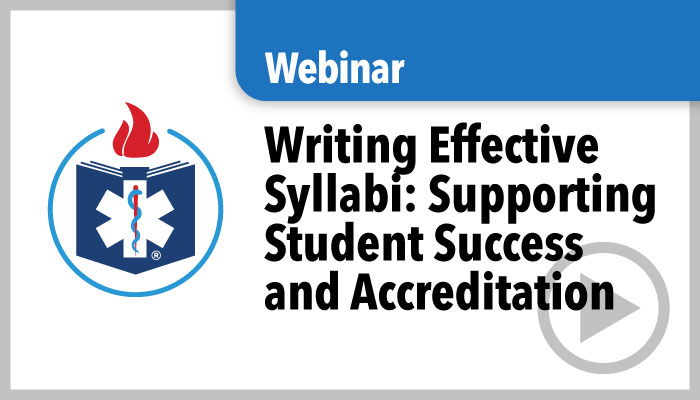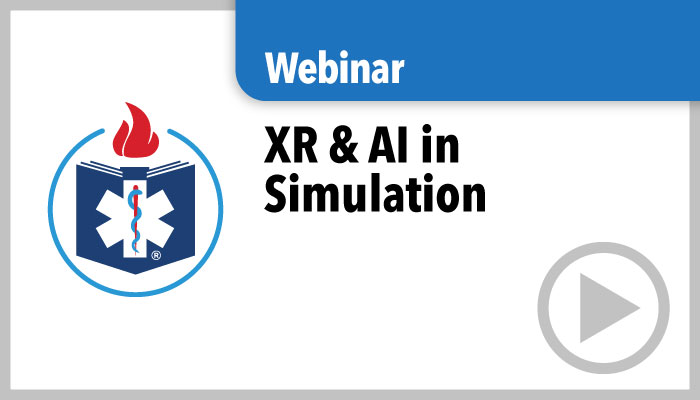Author Archives: coaemsp1
Resources
| Document Link | Date | Type |
|---|---|---|
| Slides: What is the Executive Analysis | Apr 2025 |
Resources
| Document Link | Date | Type |
|---|---|---|
| Slides: What is the Executive Analysis | Apr 2025 |
Resources
| Document Link | Date | Type |
|---|---|---|
| Slides: Resource Assessment | Dec 2017 | |
| Slides: Resource Assessment & Evaluation Processes | Dec 2017 |
Resources
| Document Link | Date | Type |
|---|---|---|
| Slides: AI and Healthcare Impact | Feb 2025 |
Recorded on January 15
The resource assessment process can be confusing: what tools to use, when to use them, what to do with the results, and by the way, how does this help my program? Well, resource assessment assists your program more than you might think. Resources necessary for a successful program include faculty, administrative support, curriculum, financial support, workspace, classroom and lab space, clinical and field internship affiliates, equipment, supplies, information technology, and instructional materials. It takes significant resources to build and maintain a successful program. The resource assessment process is one important component when seeking feedback on your program, analyzing your needs, and planning for the future. This session will discuss the resource assessment tools and the process used to capture and analyze the results and use those results as a basis for short- and long-range planning. Resource assessment can be an important strategy to advocate for additional resources your program may need.
Patricia Tritt, MA, RN, is a long-time EMS educator and has been responsible for the administration of comprehensive EMS education programs for all levels of prehospital providers in numerous states. Her roles have included program director, program administrator/dean, and associate vice president. She has also provided administrative direction for a level I trauma center.
Resources
| Document Link | Date | Type |
|---|---|---|
| Slides: SMC Recommendations | Dec 2024 |
Megan Corry, EdD, EMTP, CHSE
Patricia Tritt, MA, RN
Recorded on November 21, 2024
Many program sponsors work cooperatively with community partners to pool resources for their Paramedic or AEMT courses. This can include instructional services, space, equipment, or supplies. If this applies to your program, what is your agreement with the community partner? Do you have a written agreement? Who is responsible for the services? What are the lines of authority and reporting? What happens if the partner no longer contributes? Is a satellite location considered outsourcing? What is the CoAEMSP policy for outsourced services? This session will discuss what is included in outsourced resources and examples of partnerships and services that programs may be engaged in.
Resources
| Document Link | Date | Type |
|---|---|---|
| Article: Does Your Program Outsource? | Nov 2024 | |
| Did You Know Affiliation Agreements | Nov 2024 | |
| FAQ: Outsourcing Resources | Dec 2024 |











